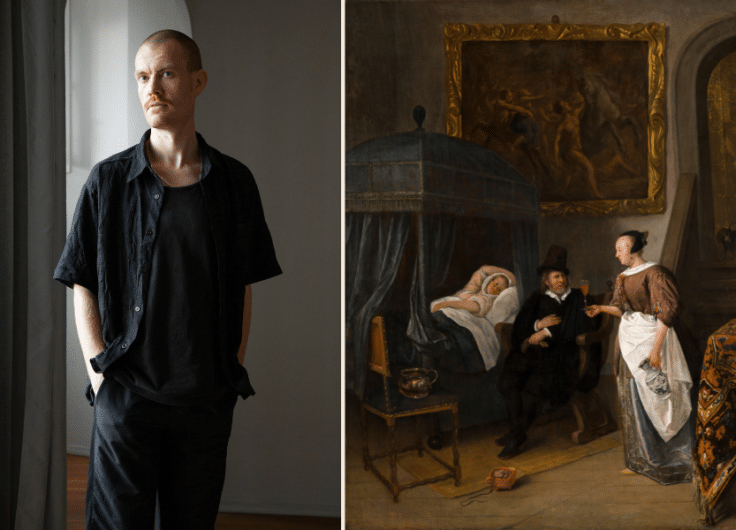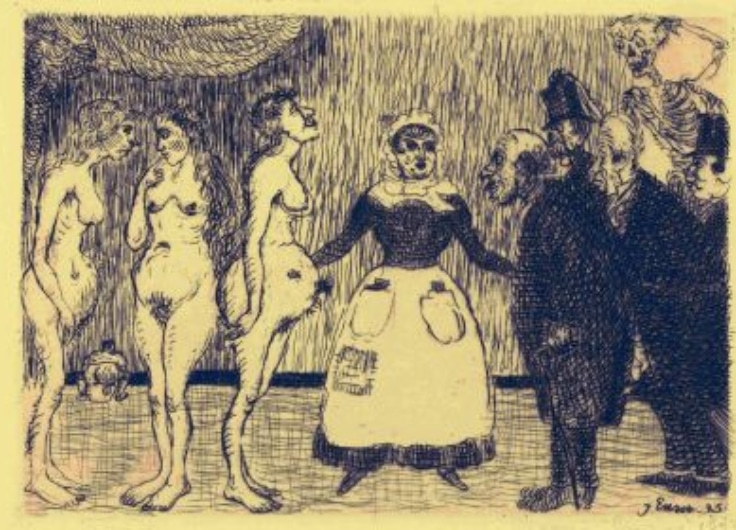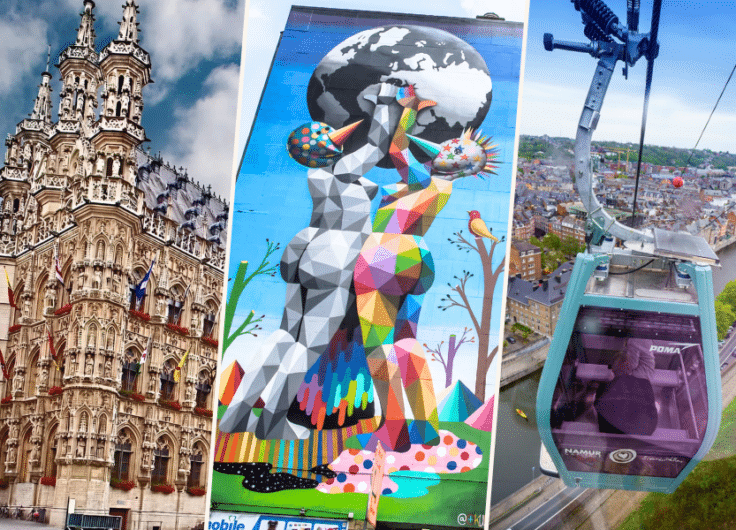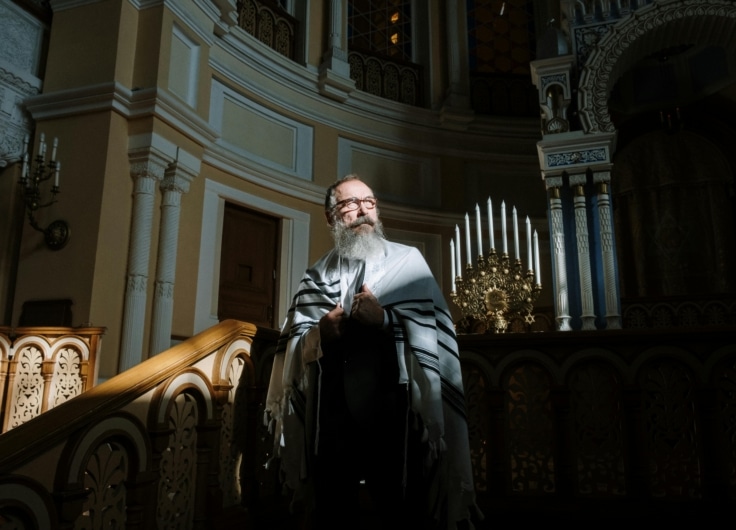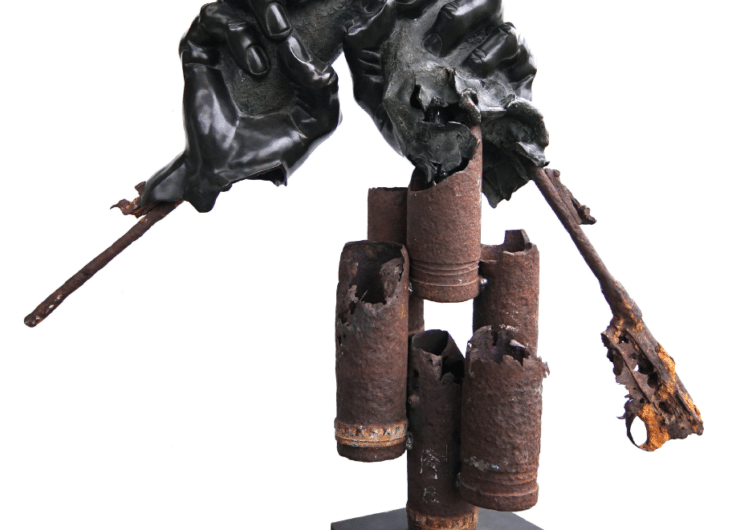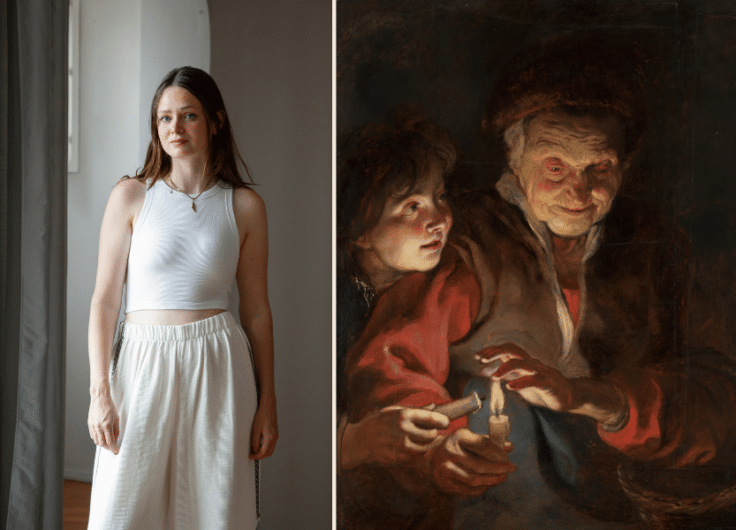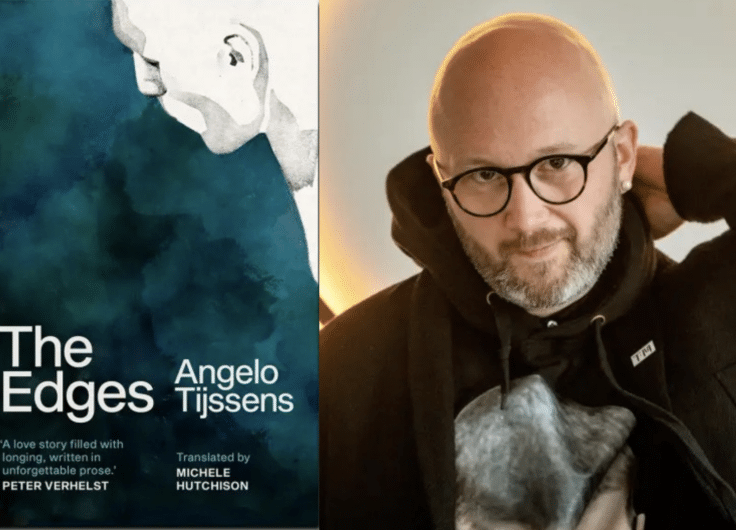No, they don’t stand out in the streets, but still, the Praathuisjes
in the Dutch province of Zeeland are worth a visit. In the past these little houses were only used by old men and sailors to catch up with a cup of coffee. Now everyone is welcome.
In 2004, when Theo van Gogh was attacked by a radicalised gunman in eastern Amsterdam, his last words were: ‘Don’t do it! Don’t do it! We can still talk!’
But it was too late for talking. And in the years since the Dutch cinematographer was shot, many more people have been killed by radicals of every faith, and no faith.
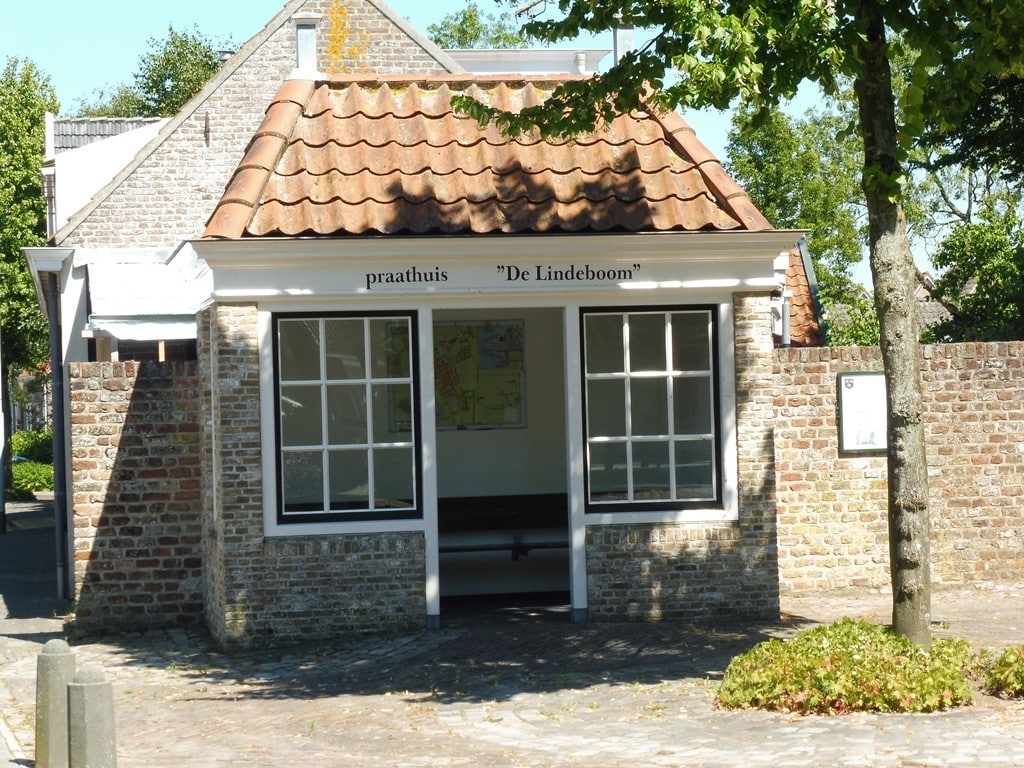 Praathuis 'De Lindeboom' in Serooskerke
Praathuis 'De Lindeboom' in SerooskerkeTalking might help, but there are not many places where you can have a conversation with someone from another culture or another religion. Some would say you can go online, join social media, talk with anyone you want. But online conversations quickly descend into anger, racism and worse.
Maybe the answer lies in the small fishing ports on the Zeeland coast. The Praathuis, or Talking House, was once an institution. Facing out to sea, these simple shelters were places where local fishermen once gathered to talk.
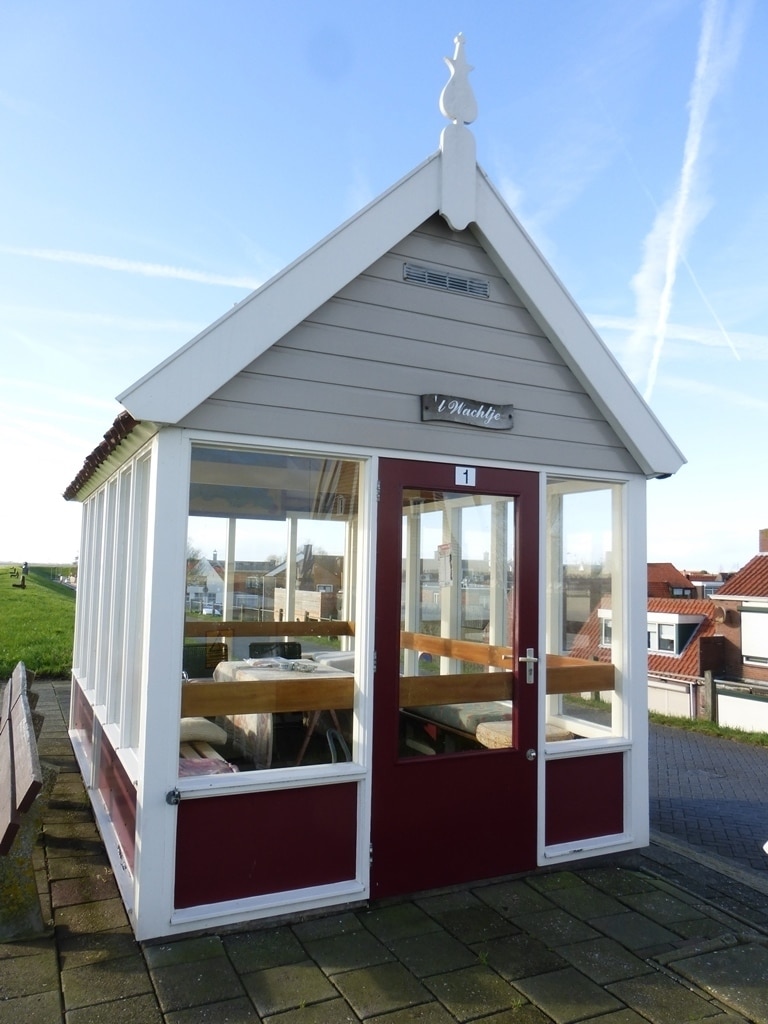 The Praathuis of Sint Philipsland
The Praathuis of Sint PhilipslandThere is one isolated example on the sea wall in Krabbendijke, another neat little shelter in Tholen. A new praathuis called De Lindeboom was built a few years ago in the middle of Serooskerke village. Others are forgotten, abandoned.
The praathuis is a relic from a time before Twitter, before Facebook, before the digital revolution. But could it make a comeback? Maybe. But then again maybe not. The praathuis in the village of Sint Philipsland is nicknamed De Leugenkot, the Liars’ Hut. And the village of Bruinisse has a praathuis on the sea wall with an old sailors’ saying above the door. ‘Hier kan je niet alles geloven wat ze zeggen’ – Don’t believe everything they’re saying here. It could just be more fake news.



